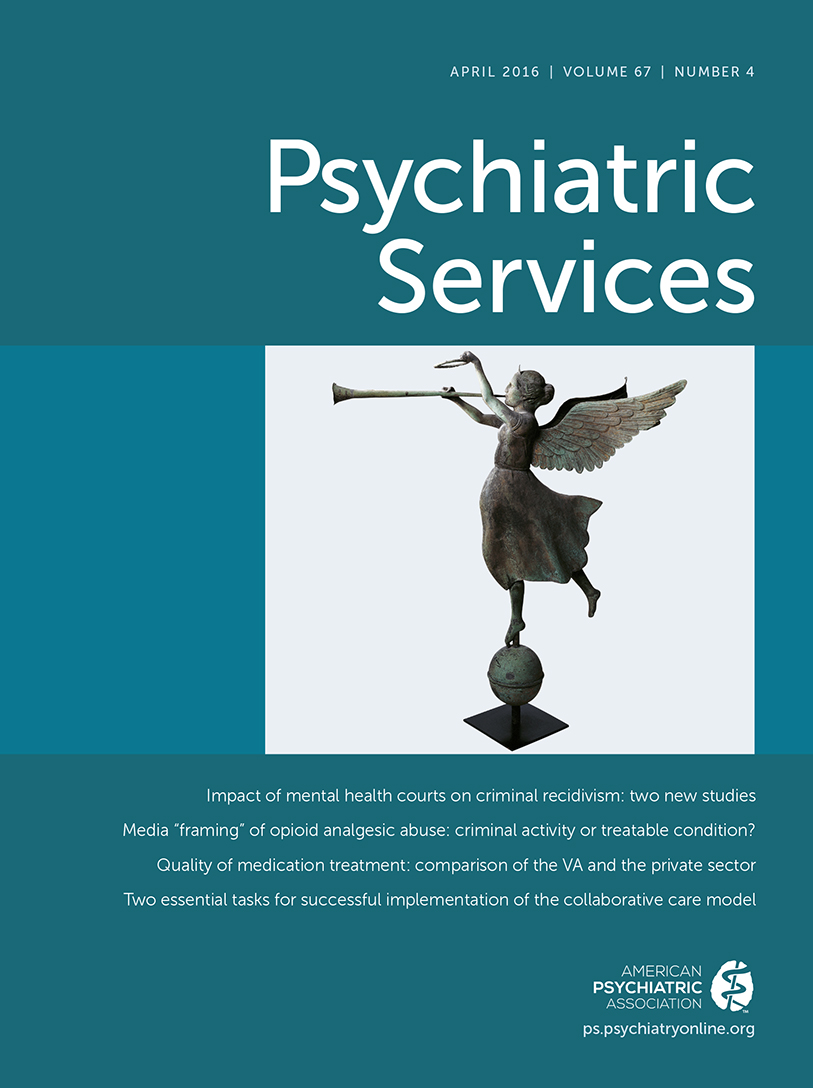Increased Mortality Among Older Veterans Admitted to VA Homelessness Programs
Abstract
Objective:
National Death Index data were examined to describe mortality patterns among older veterans who are homeless.
Methods:
Homelessness and health care records from the U.S. Department of Veterans Affairs were used to identify old (ages 55–59) and older (ages ≥60) veterans who were (N=4,475) or were not (N=20,071) homeless. Survival functions and causes of death of the two samples over an 11-year follow-up period were compared.
Results:
Substantially more veterans who were homeless (34.9%) died compared with the control sample (18.2%). Veterans who were homeless were approximately 2.5 years younger at time of death compared with the control sample. Older veterans who were homeless had the lowest survival rate (58%). No disease category appeared to be critical in reducing survival time. Suicide was twice as frequent in the homeless (.4%) versus the control (.2%) sample.
Conclusions:
Older veterans who were homeless experienced excess mortality and increased suicide risk.




